Neuroscience

Neurotransmitter receptors function via various G-protein coupled and G-protein independent mechanisms that activate downstream intracellular signaling pathways such as cAMP/PKA, PI3K/AKT, phospholipase A2, and phospholipase C pathways. For instance, dopamine receptors act through adenylate cyclase to activate PKA and other signaling molecules, thereby mediate gene expression through the actions of CREB and other transcription factors. Other neurotransmitters such as NMDAR or AMPAR are associated with ion channels that control flux of Ca2+ and Na+, thus propagating the action potential across the post-synaptic neuron.
Dysfunctions in GABAergic/glutamatergic/serotonergic/dopaminergic pathways result in a broad range of neurological disorders such as chronic pain, neurodegenerative diseases, and insomnia, as well as mental disorders including schizophrenia, bipolar disorder, depression, and addiction.
-
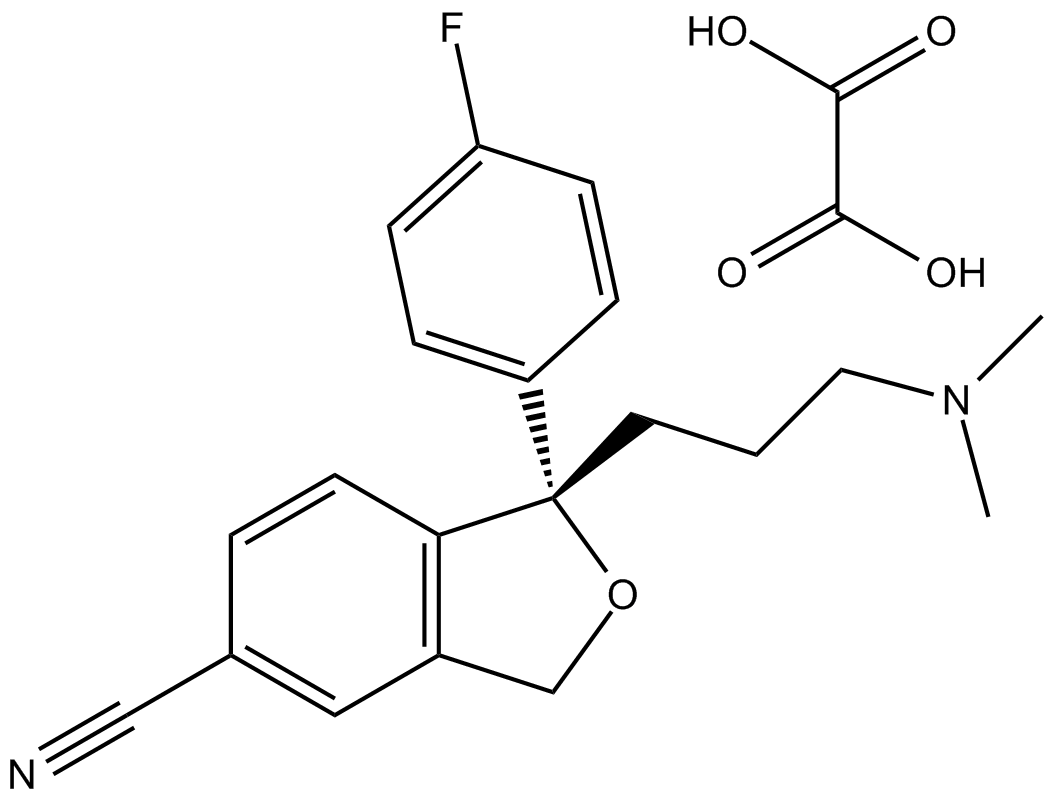 B2238 Escitalopram OxalateSummary: Selective 5-HT reuptake inhibitor
B2238 Escitalopram OxalateSummary: Selective 5-HT reuptake inhibitor -
 B2256 SB742457Summary: 5-HT6 receptor antagonist,highly selective and high affinity
B2256 SB742457Summary: 5-HT6 receptor antagonist,highly selective and high affinity -
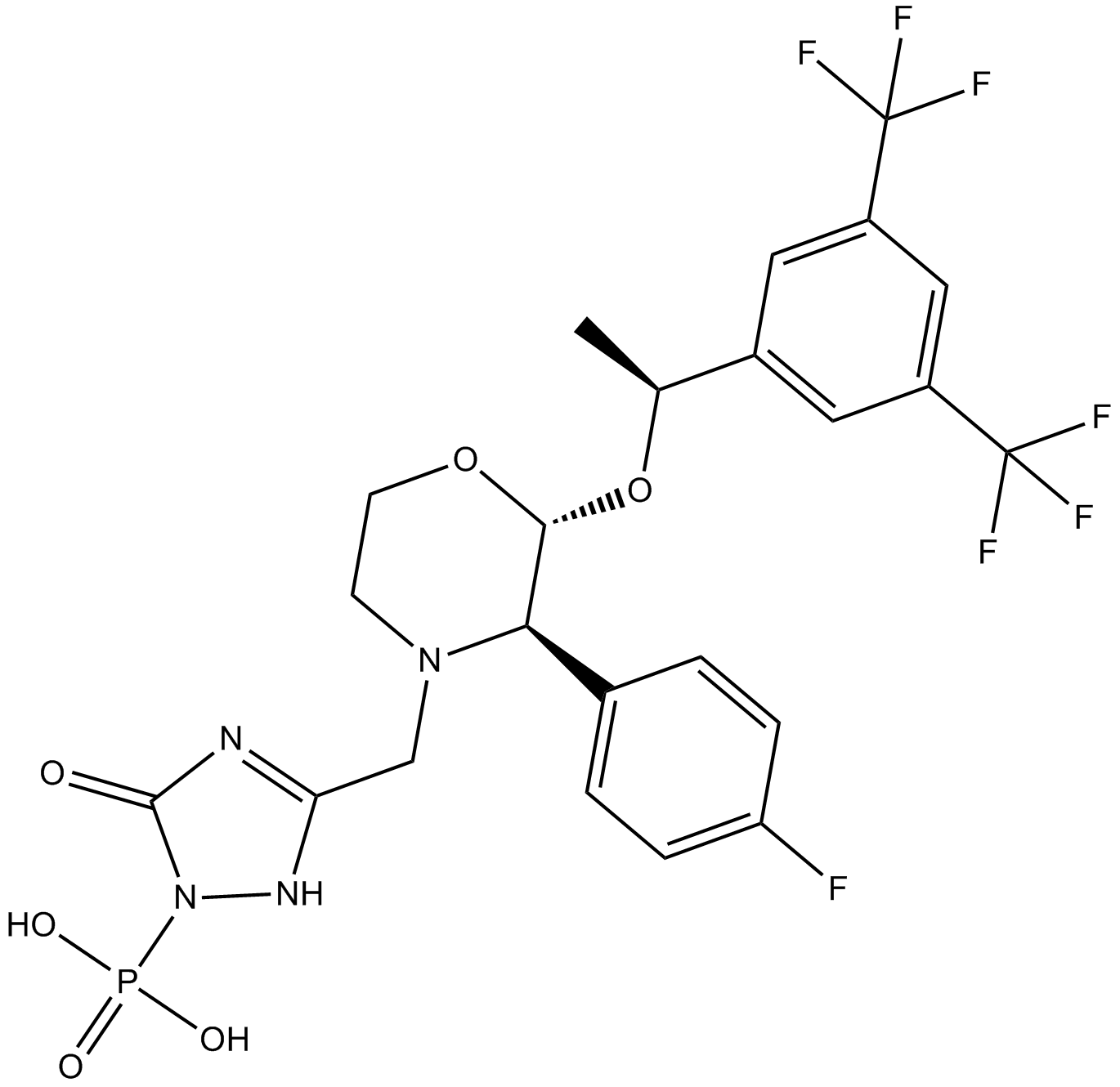 B1272 FosaprepitantSummary: Neurokinin-1 antagonist
B1272 FosaprepitantSummary: Neurokinin-1 antagonist -
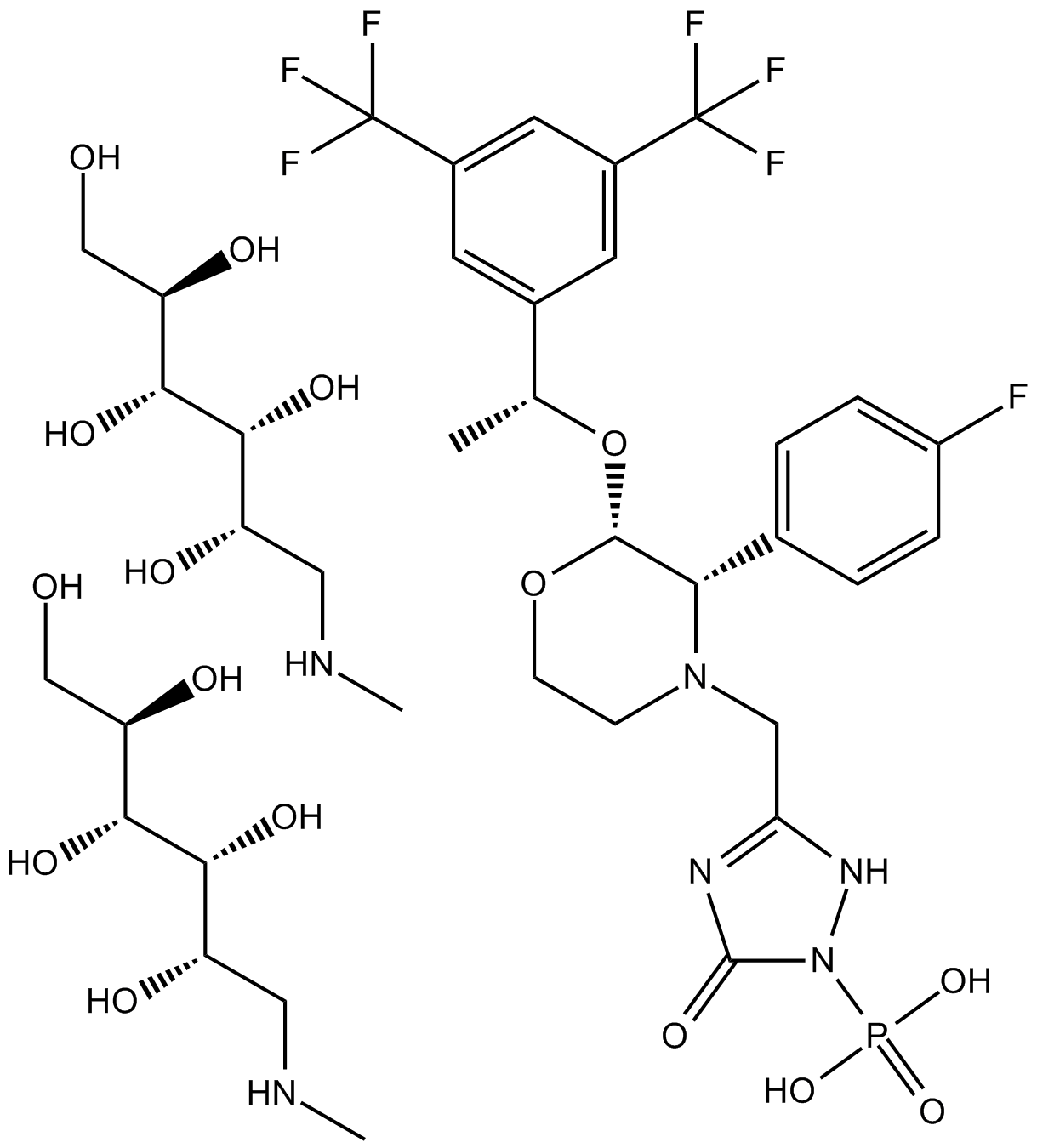 B2145 Fosaprepitant dimeglumine saltTarget: Neurokinin receptorSummary: Neurokinin-1 antagonist
B2145 Fosaprepitant dimeglumine saltTarget: Neurokinin receptorSummary: Neurokinin-1 antagonist -
 B2099 HaloperidolSummary: Antipsychotic drug
B2099 HaloperidolSummary: Antipsychotic drug -
 B1242 Haloperidol hydrochlorideSummary: Antipsychotic drug
B1242 Haloperidol hydrochlorideSummary: Antipsychotic drug -
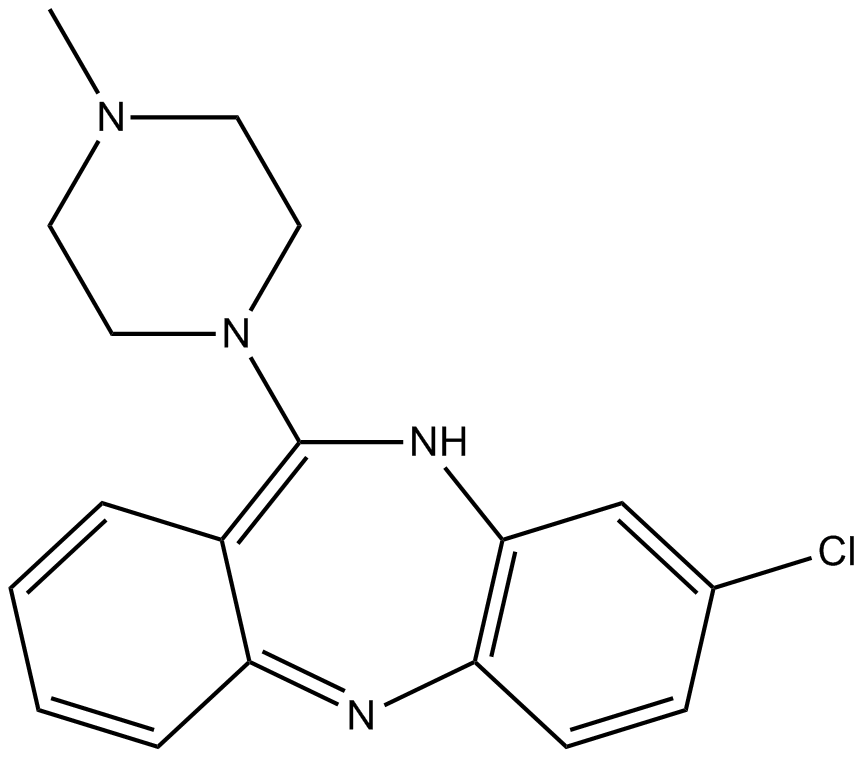 B2235 ClozapineTarget: 5-HT2 Receptors|D1 and D5 Receptors|D2 Receptors|D3 Receptors|5-HT1 Receptors|D4 ReceptorsSummary: 5-HT receptor antagonist
B2235 ClozapineTarget: 5-HT2 Receptors|D1 and D5 Receptors|D2 Receptors|D3 Receptors|5-HT1 Receptors|D4 ReceptorsSummary: 5-HT receptor antagonist -
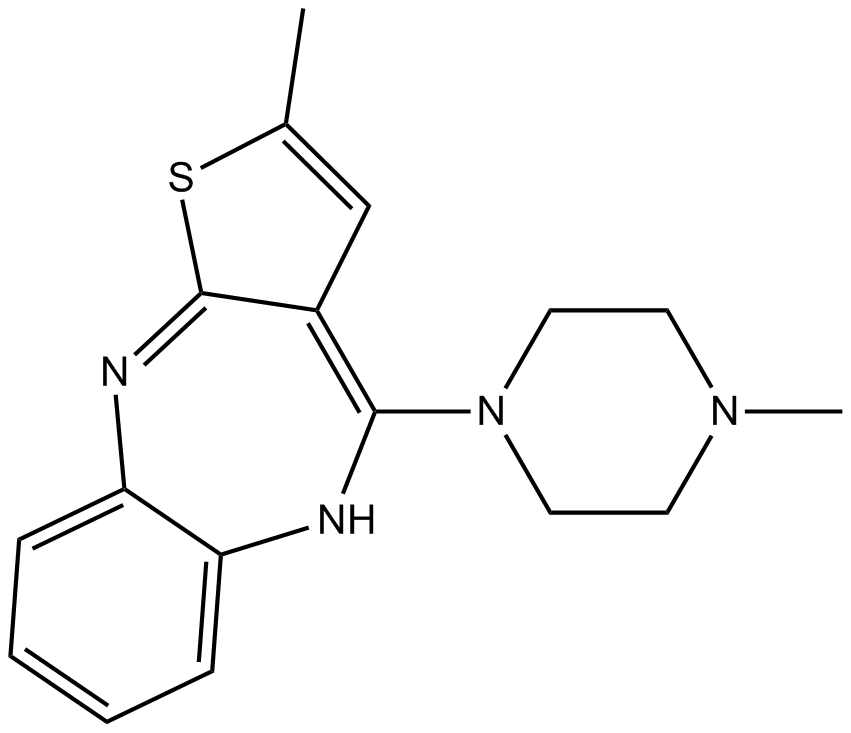 B2240 OlanzapineTarget: 5-HT2 Receptors|D2 ReceptorsSummary: Antagonist of 5-HT2A and dopamine D2 receptors
B2240 OlanzapineTarget: 5-HT2 Receptors|D2 ReceptorsSummary: Antagonist of 5-HT2A and dopamine D2 receptors -
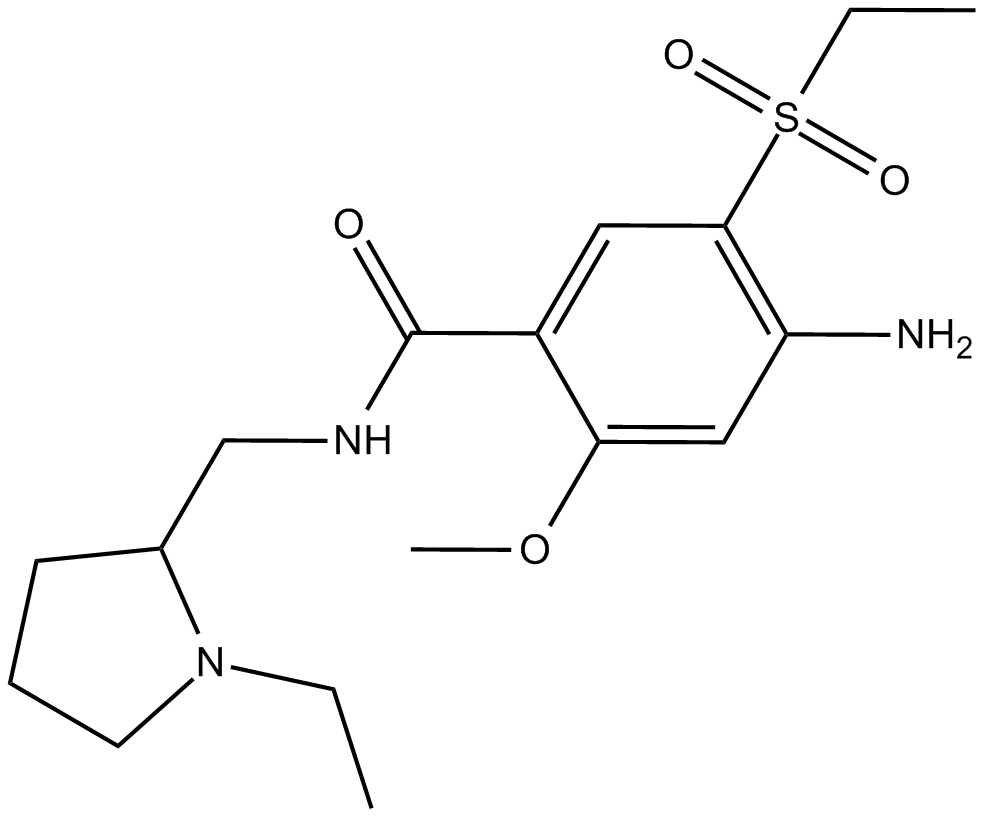 B1479 AmisulprideSummary: Dopamine D2/D3 receptor antagonist
B1479 AmisulprideSummary: Dopamine D2/D3 receptor antagonist -
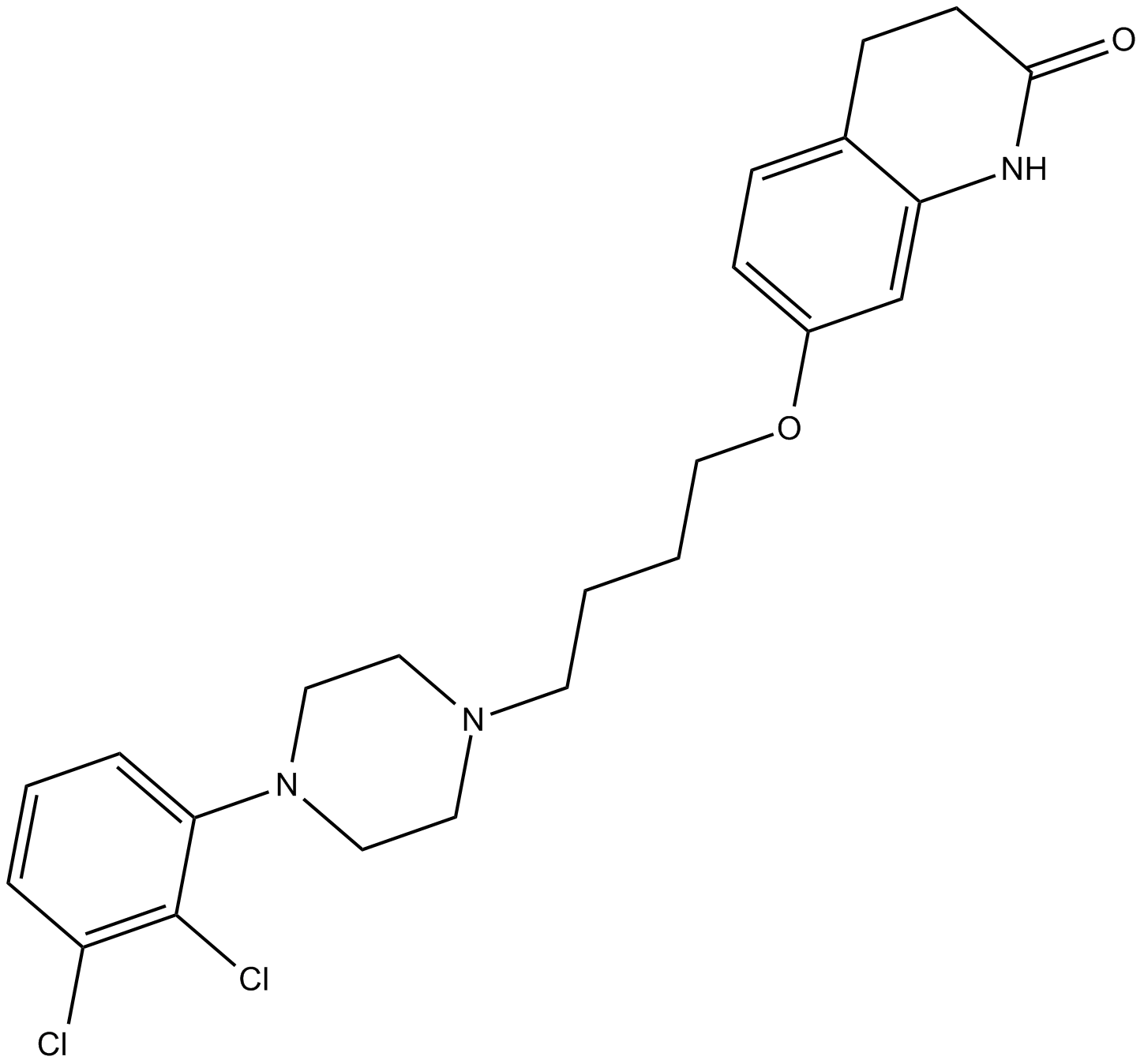 B2232 AripiprazoleTarget: 5-HT1 ReceptorsSummary: 5-HT receptor partial agonist
B2232 AripiprazoleTarget: 5-HT1 ReceptorsSummary: 5-HT receptor partial agonist

